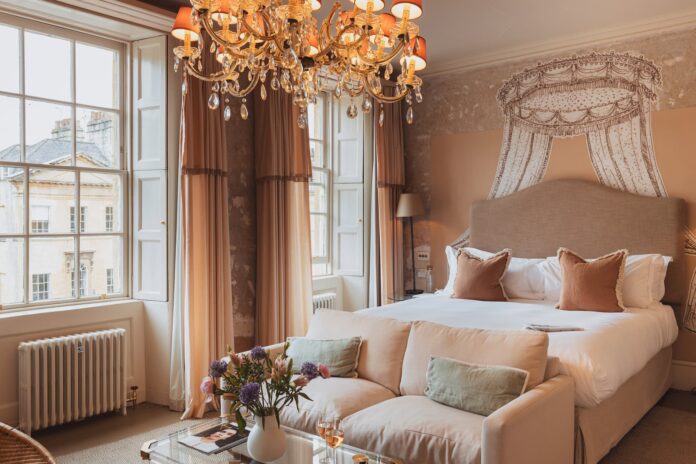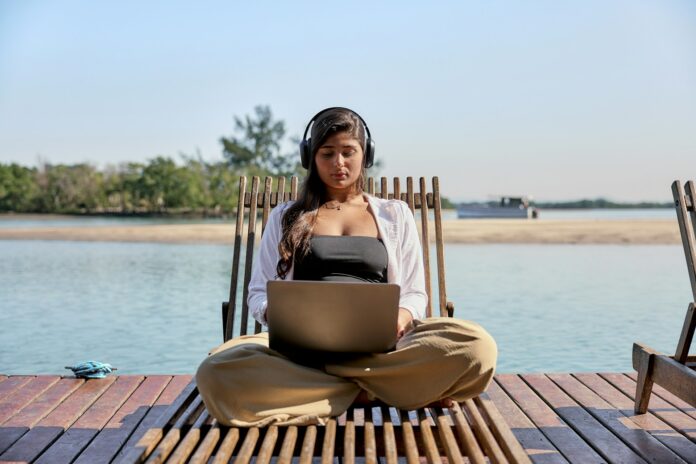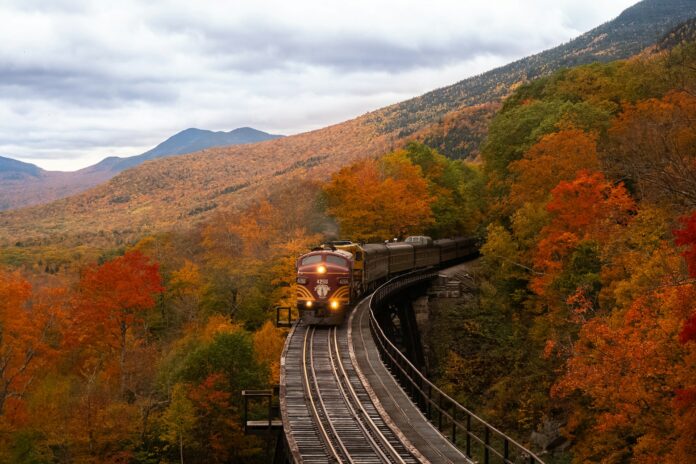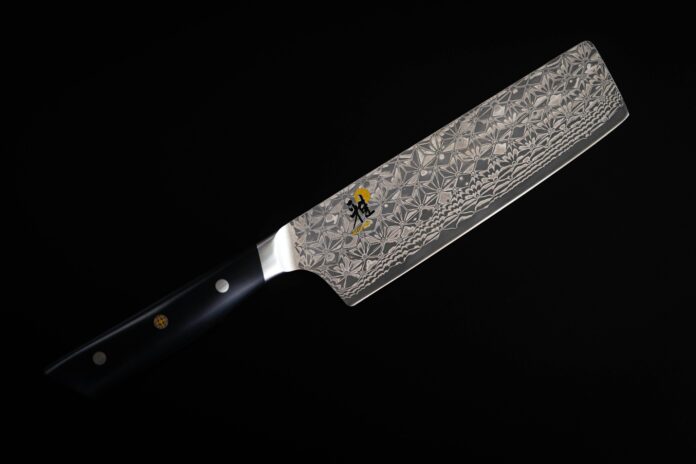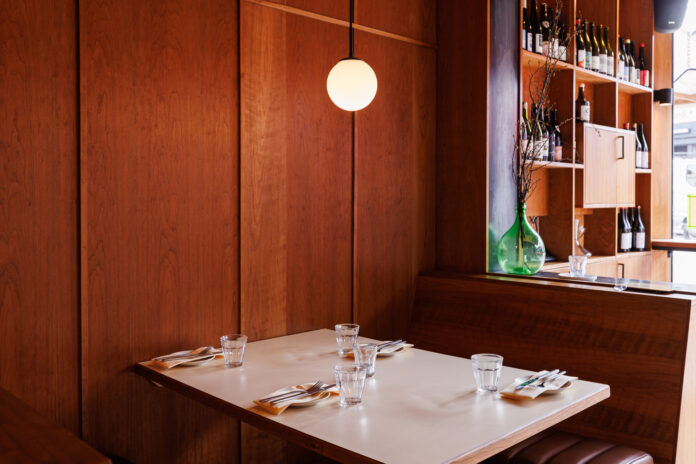Ideal for those seeking ancient mysteries, culinary revelations, and altitude-defying adventures…
Say it loud so you know how it feels; Peru. The name alone conjures images of mist-shrouded citadels perched impossibly high in the Andes, vicuñas grazing on windswept altiplano, and cevicherías bustling with locals arguing over the perfect leche de tigre. But how do you possibly distill a country three times the size of California into just seven days?
Truth be told, you can’t. Not entirely. But what you can do is craft a journey that captures Peru’s essential spirit, from the Pacific-lapped sophistication of Lima to the thin-aired majesty of Cusco, with enough time to commune with the enigmatic Machu Picchu. This isn’t about ticking boxes or racing through photo ops. It’s about finding that sweet spot between ambitious and achievable, where you’re moving fast enough to see the highlights but slow enough to taste the anticuchos and feel the altitude.
Day 1: Lima’s First Impressions
Forget what you’ve heard about Lima being merely a gateway city. Peru’s capital deserves better than a bleary-eyed airport transfer, though one evening and morning will give you a tantalising taste before heading to the mountains.
Touch down at Jorge Chávez International and make straight for Miraflores, Lima’s polished coastal district where paragliders drift past gleaming towers and surfers bob in the Pacific below. If you arrive by mid-afternoon, squeeze in a visit to Huaca Pucllana, a 1,500-year-old adobe pyramid that rises incongruously from the heart of the neighbourhood. The pre-Incan Lima culture built this when London was barely a Roman trading post, and somehow it’s survived earthquakes, urban sprawl, and centuries of indifference.
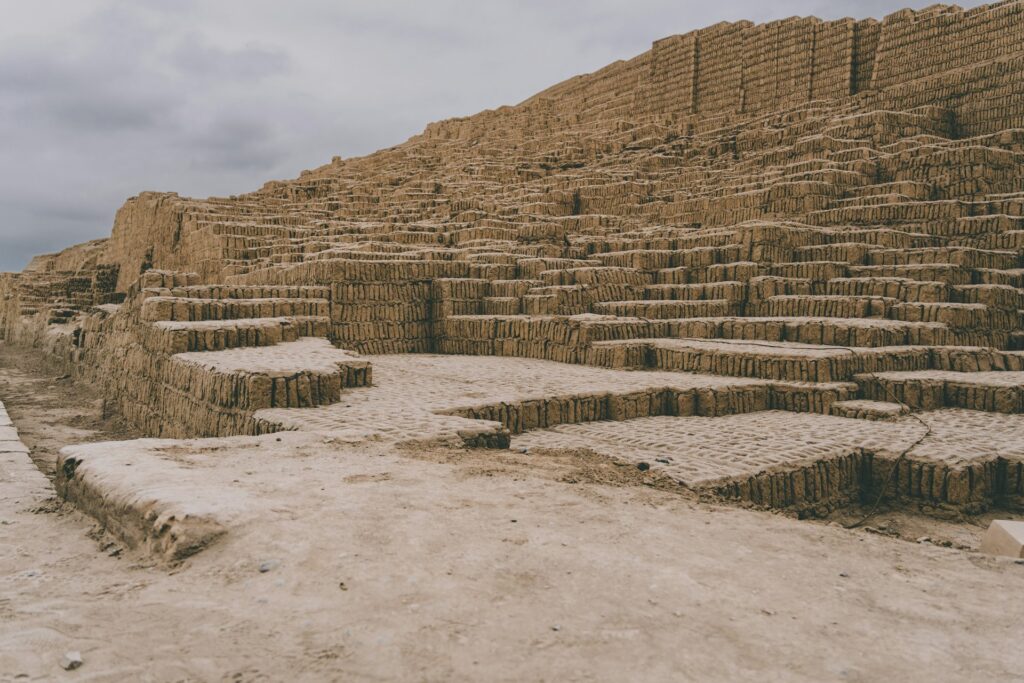
Come dinner, you’ve got a decision to make. Central, ranked among the world’s best restaurants, offers a 14-course vertical journey through Peru’s ecosystems. But if spending several hundred pounds on dinner is beyond your budget, head to La Mar for ceviche that’ll rewire your understanding of raw fish, or Isolina for comfort food that’d make a Limeña swell with pride. The causas here (layers of yellow potato, avocado, and seafood) are architecture on a plate.
Read: 12 traditional Peruvian foods you have to try today
Day 2: Into The Mountains
Grab breakfast at your hotel and catch the morning flight to Cusco. The 90-minute journey climbs from sea level to 3,400 metres, higher than the peak of Mount Olympus, and your body will notice. That lightheaded feeling? The slight nausea? All normal. Welcome to altitude.
Check into your hotel near the Plaza de Armas (spring for one built into colonial foundations if you can) and spend your first afternoon acclimatising. This isn’t wasted time; it’s essential prep for what’s ahead. Sip coca tea in the courtyard, wander gently around the plaza, and let your body adjust. The extraordinary beauty of this city helps distract from any discomfort: Inca stones form the foundations of Spanish colonial buildings, indigenous women in traditional dress sell textiles on ancient steps, and church bells echo off mountain peaks.
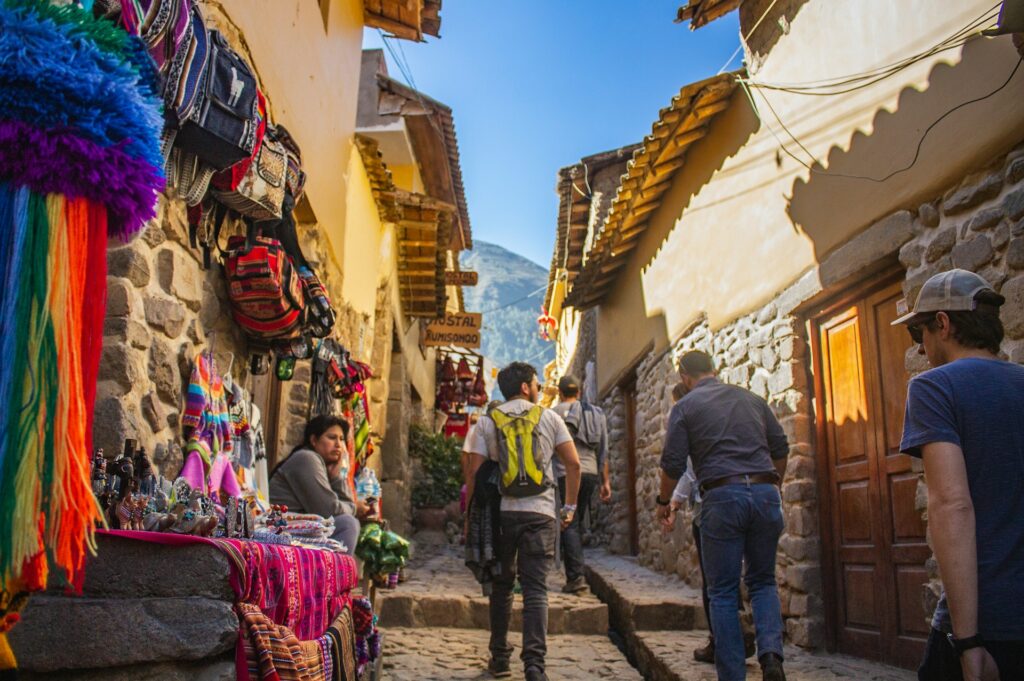
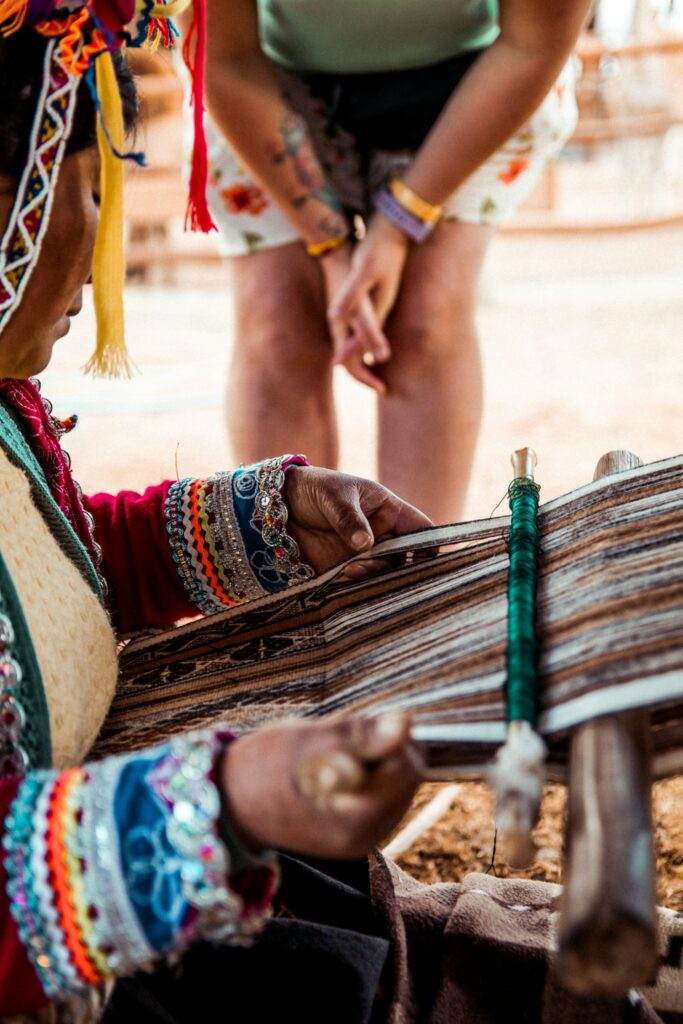
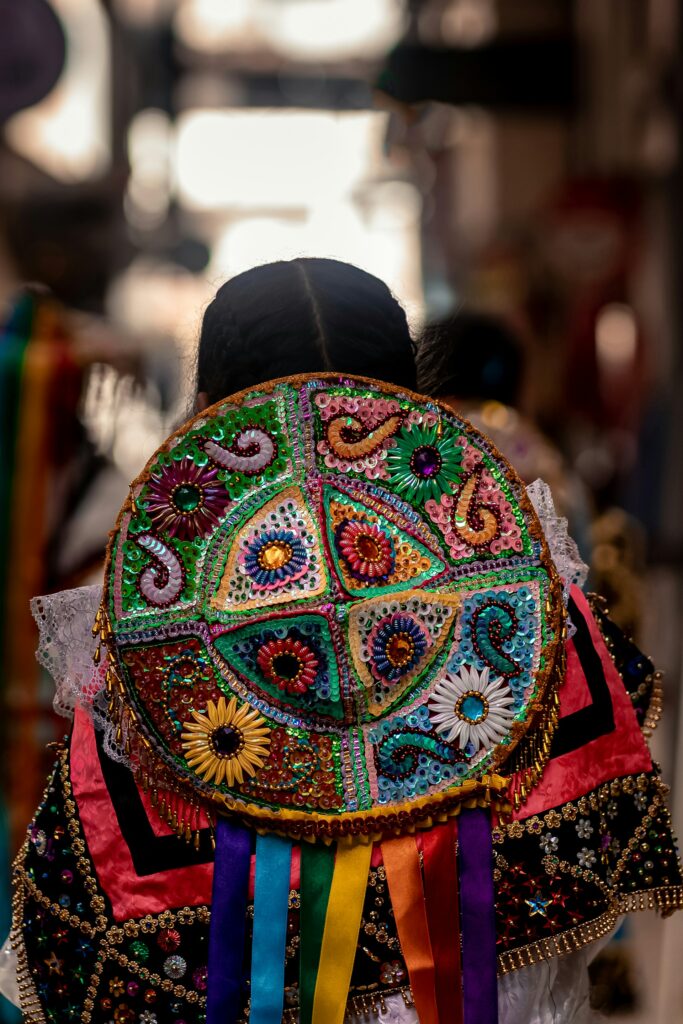
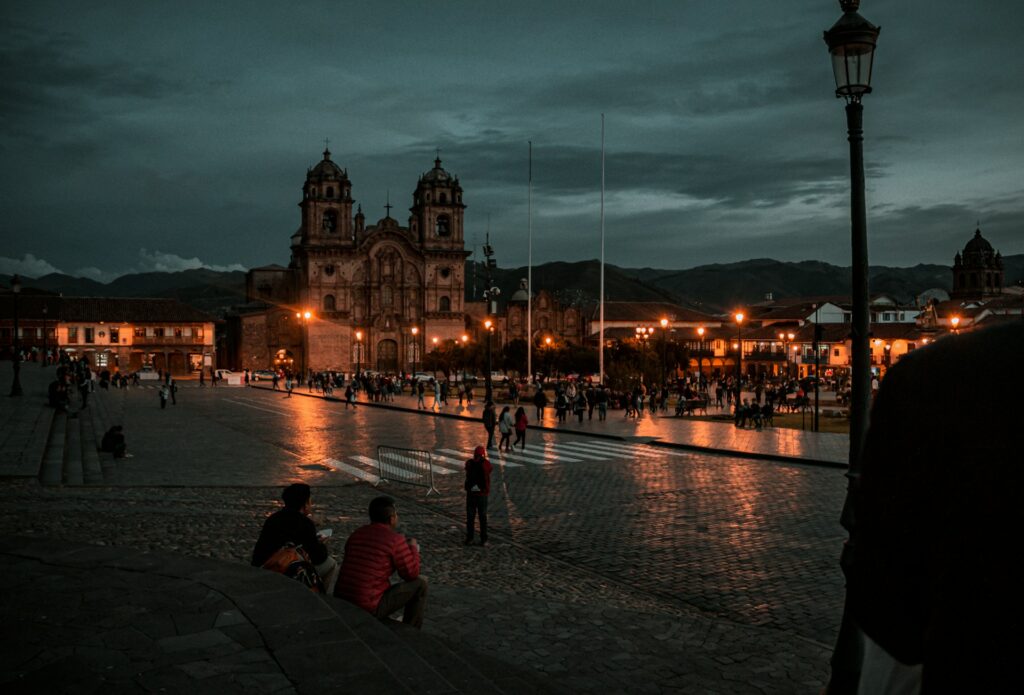
By evening, when you’ve found your high-altitude legs, seek out Chicha for modern interpretations of Cusqueñan classics. The quinoa soup here could convert a committed carnivore, and the alpaca anticuchos prove that sometimes the tourist option is actually brilliant. Just go easy on the pisco at this altitude.
Day 3: Sacred Valley Wonders
Today brings relief as you descend into the Sacred Valley, that fertile corridor that fed the Inca Empire and still produces some of Peru’s best corn, potatoes, and quinoa. The landscape alone justifies the journey: emerald terraces climbing impossible slopes, snow-capped peaks piercing cobalt skies, and the Urubamba River threading through it all like a green silk ribbon.
Your first stop is Chinchero, a traditional Andean village where local women demonstrate ancient weaving techniques. Watch them transform alpaca wool into vibrant textiles using natural dyes from plants and minerals. The reds come from cochineal insects, the purples from corn, the blacks from a carefully guarded combination of local plants. It’s touristy, yes, but these are genuine artisans keeping traditions alive.
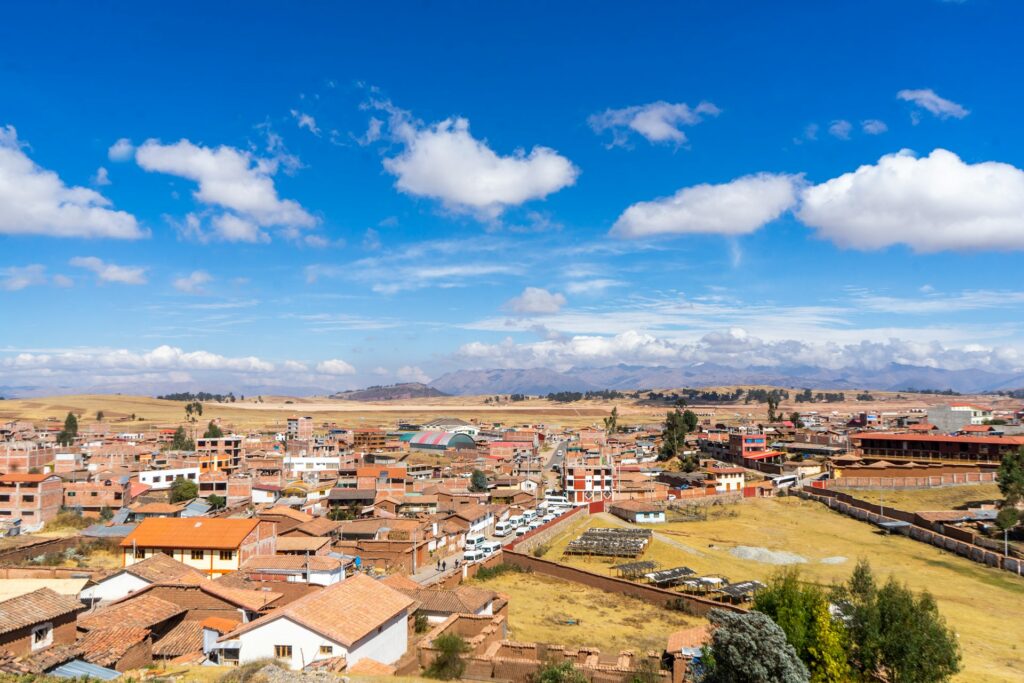
Continue to Moray, where mysterious circular terraces plunge into the earth like agricultural amphitheatres. Each level has its own microclimate, leading archaeologists to believe this was an Incan agricultural laboratory. The symmetry is hypnotic, the scale bewildering.
If navigating between these sites feels daunting, we’re big fans of the Peru tour packages with Kuoda Travel, who combine tailored itineraries with deep local expertise, taking you to both the famous sites and hidden gems that independent travellers often miss.
Just down the road, the Maras salt mines cascade down the mountainside in thousands of geometric pools. Families have worked these salt pans since Inca times, channeling mineral-rich spring water into shallow pools where it evaporates under the Andean sun. The pink-tinged salt makes excellent souvenirs, and buying directly from the workers ensures your soles go straight to the source.
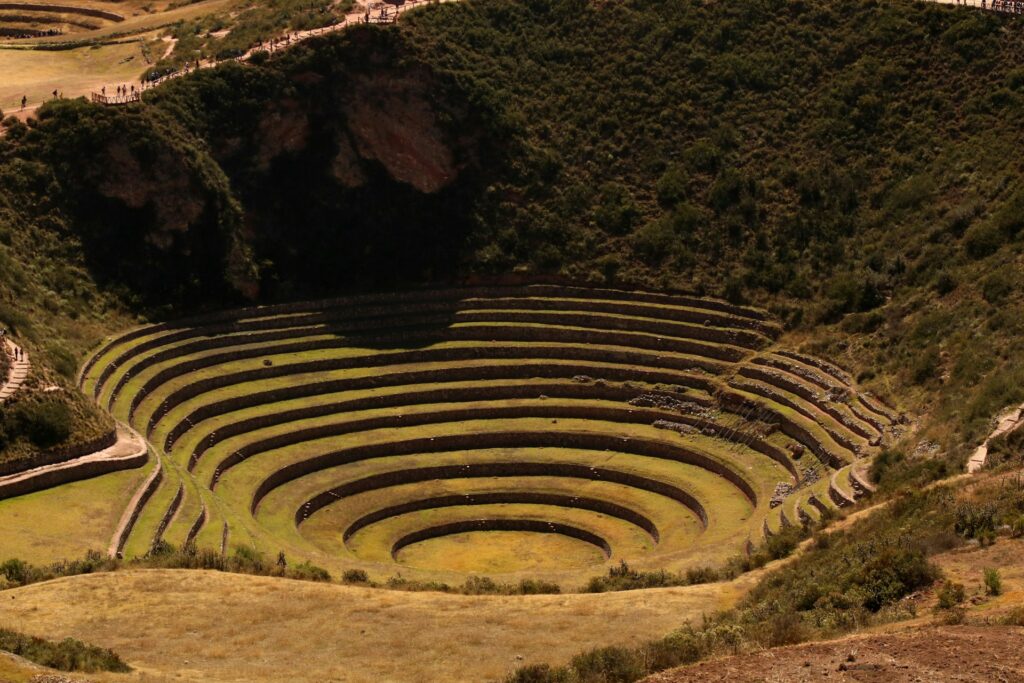
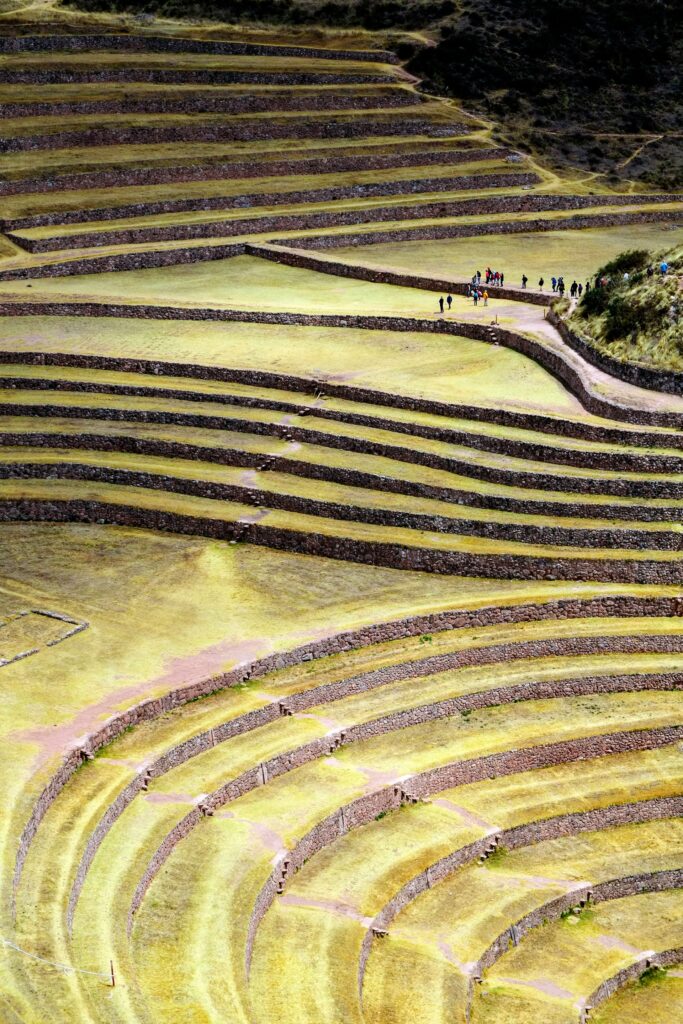
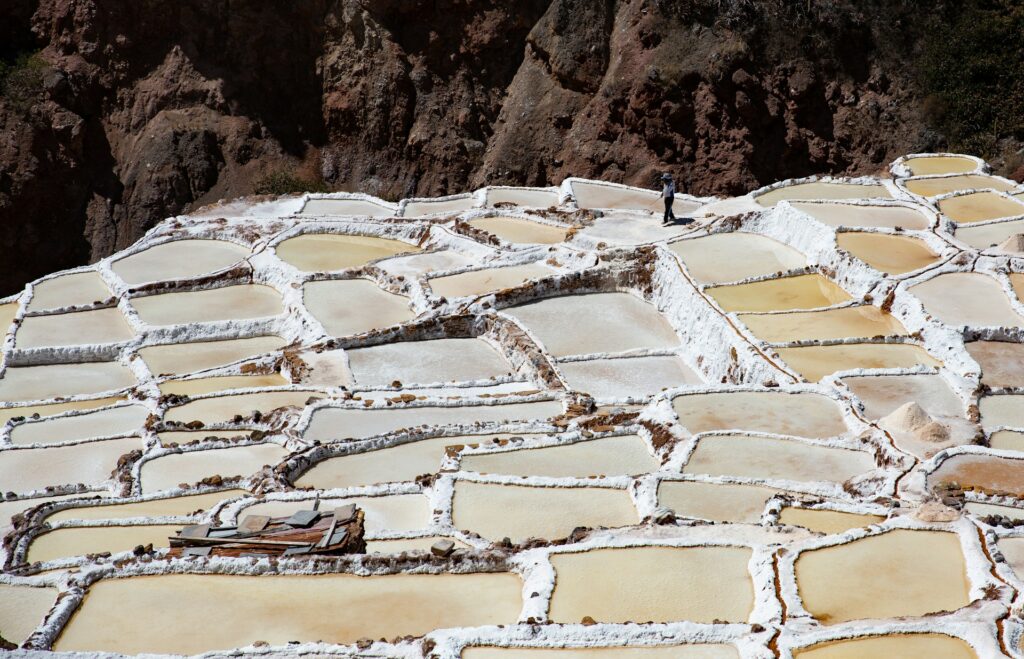
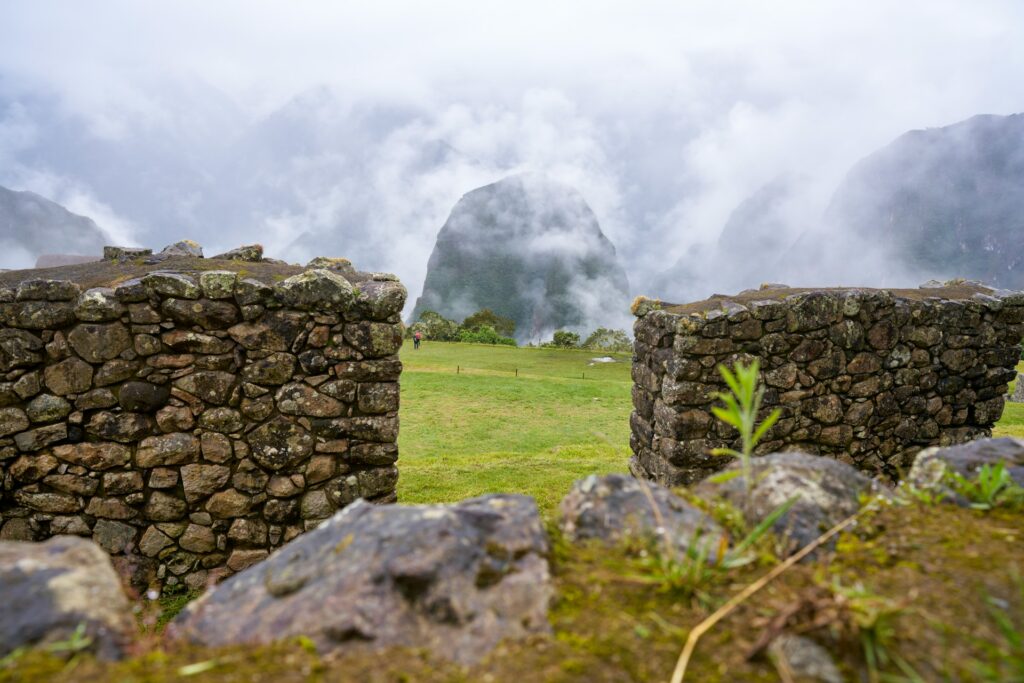
End your day in Ollantaytambo, where you’ll spend the night. This living Inca town deserves more than a rushed visit. The locals still inhabit buildings erected 500 years ago and use the original irrigation channels. After checking into your hotel, climb the fortress ruins as the afternoon light turns the valley gold.
Day 4: The Main Event, Machu Picchu
The alarm sounds at 4:30am, but this is what you came for. The early train from Ollantaytambo to Aguas Calientes takes 90 minutes through scenery that shifts from high-altitude desert to cloud forest. Suddenly, orchids and butterflies surround you, the air thick with moisture and mystery.
From Aguas Calientes, buses zigzag up the mountain to the entrance of Machu Picchu. Then, finally, you round that last corner and there it is: the postcard view, the screensaver image, the reason thousands of people fly halfway around the world. And it genuinely does take your breath away. The perfect preservation, the impossible location, the sheer audacity of building a city in the clouds… no photograph captures it.
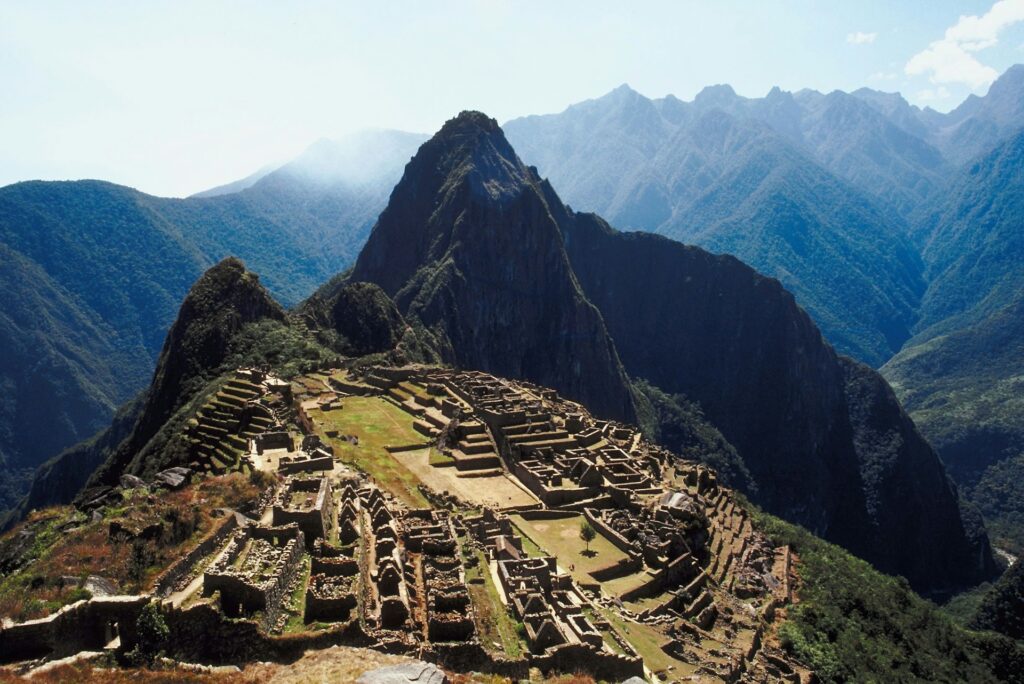
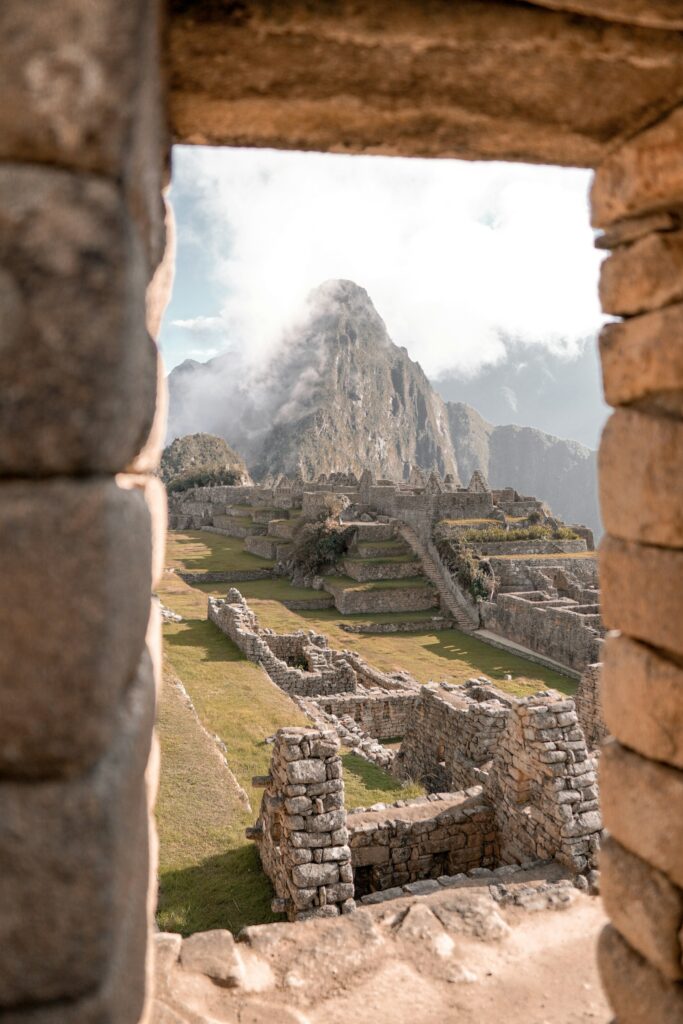
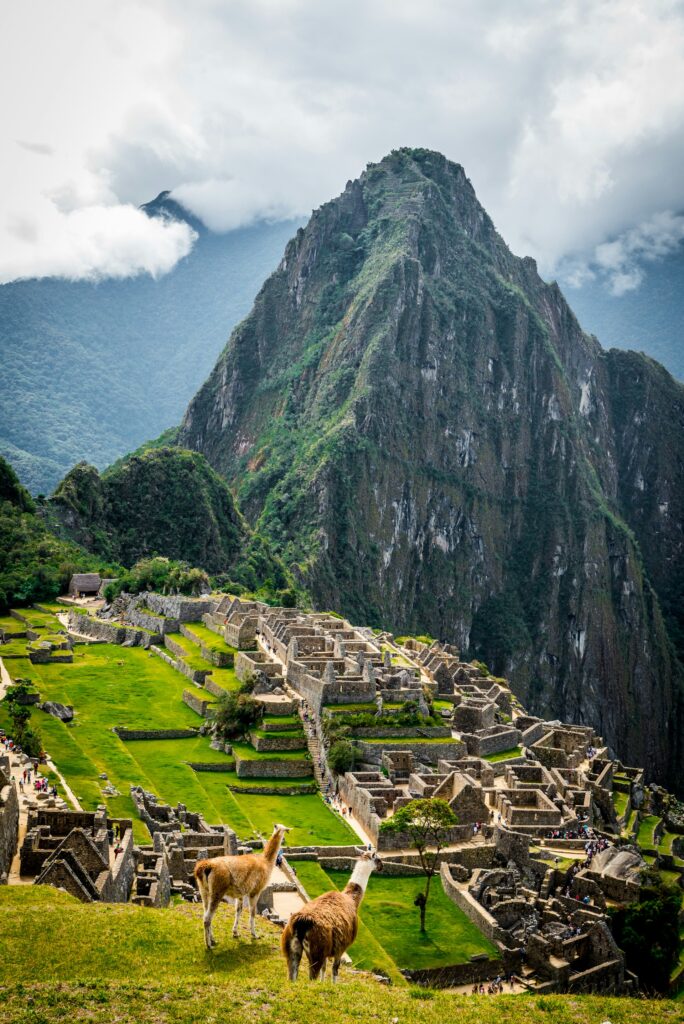
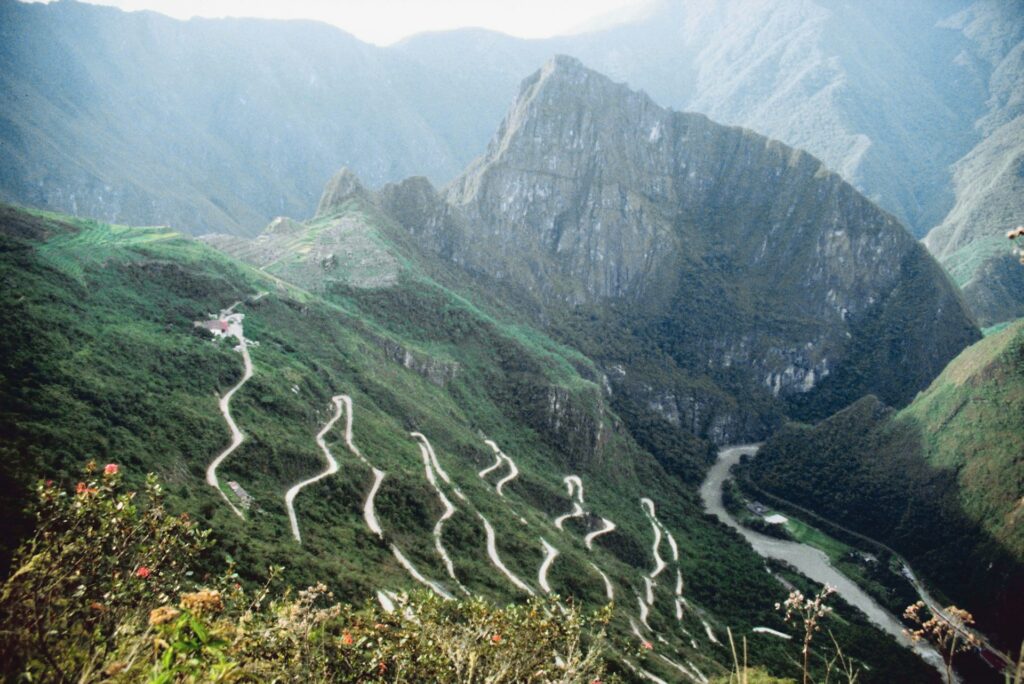
Hire a guide for the first two hours (they’re worth it for the context), then wander solo. If you’ve pre-booked, climb Huayna Picchu or take the less-crowded Machu Picchu Mountain trail. Otherwise, explore the main site’s nooks and crannies. The residential quarters, the prison group, the industrial sector: each area tells a different story about Incan daily life.
Find a quiet corner away from the crowds, sit on a 500-year-old stone, and contemplate how the Incas built this without wheels, iron, or written language. Stay until closing time if you can. The late afternoon light, when day-trippers have departed, reveals the site at its most magical.
Return to Cusco on the evening train, exhausted but exhilarated.
Day 5: Cusco Explored
After yesterday’s early start, today allows for a leisurely exploration of the former Inca capital. Begin at Qorikancha, the Temple of the Sun, once covered in gold sheets that the Spanish promptly melted down. The Santo Domingo church built atop it creates a fascinating architectural dialogue between conqueror and conquered.
The San Pedro Market offers an authentic slice of local life. Navigate past piles of potatoes in rainbow hues, past the juice ladies who’ll blend you combinations that sound revolting but taste like revelation, past the witchcraft section where dried llama foetuses supposedly bring good luck to new constructions.
For lunch, try a picantería, where locals gather for hearty one-pot meals and chicha (corn beer). It’s not fancy, possibly not entirely hygienic, but absolutely delicious and costs less than a London pint.
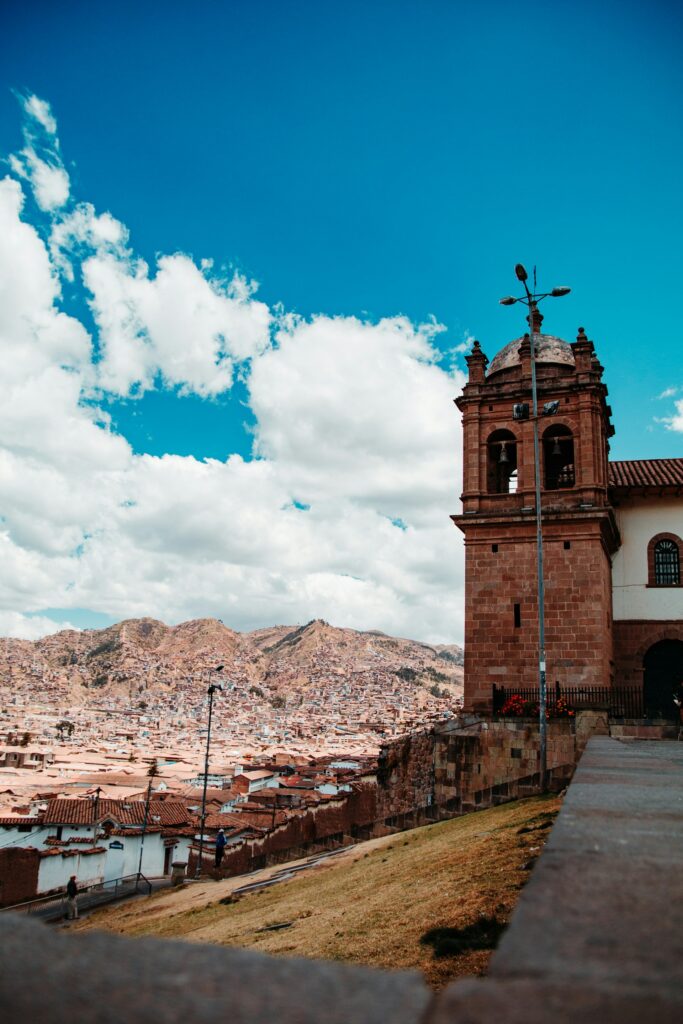
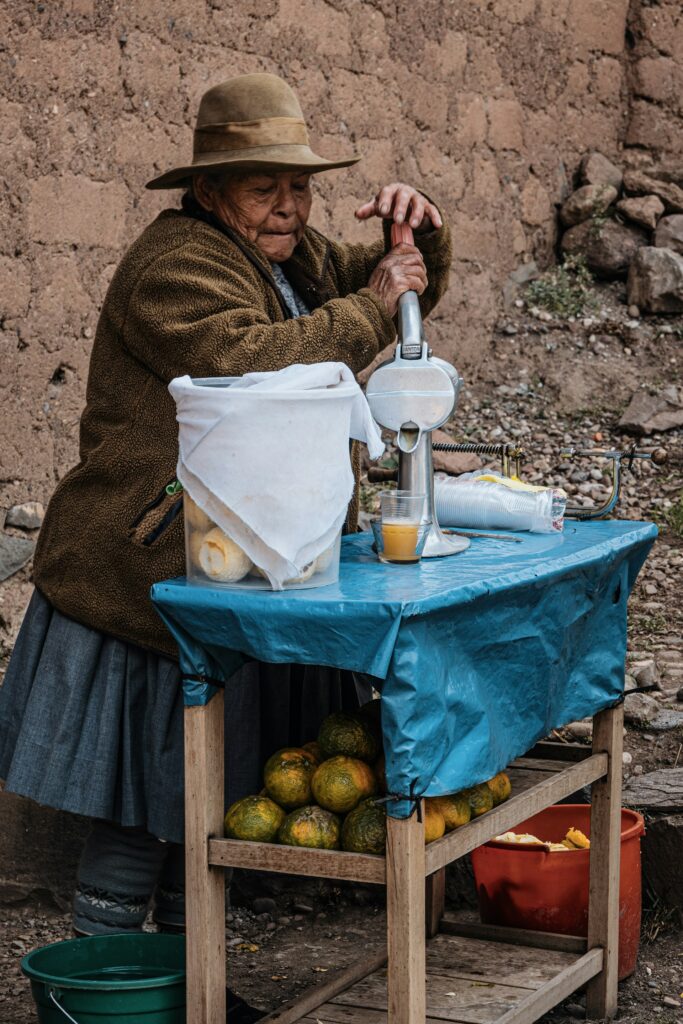
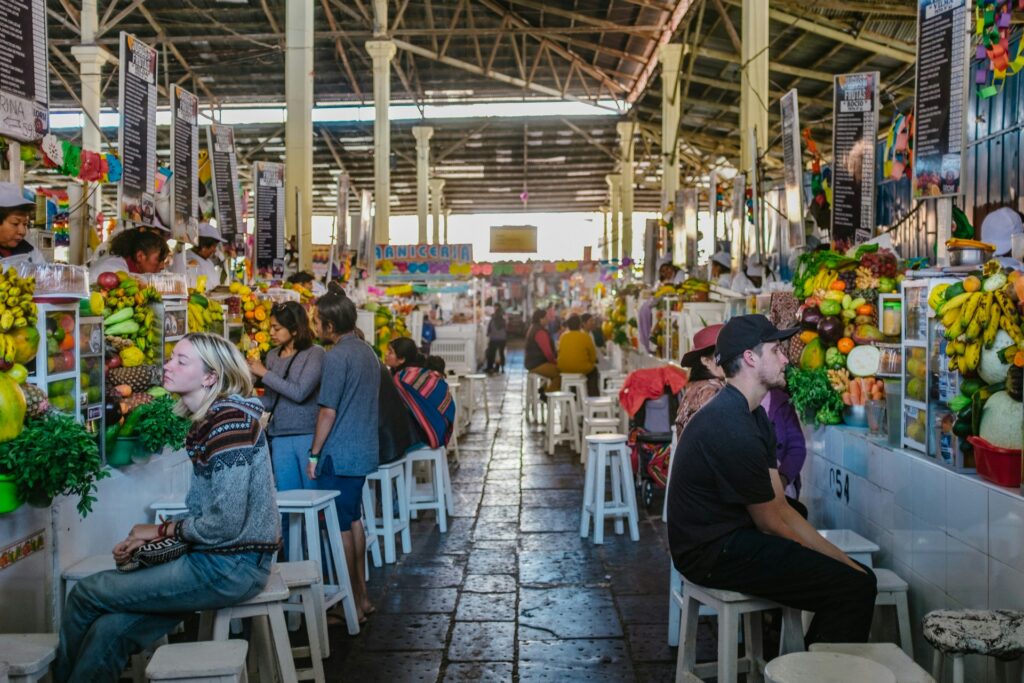
Spend your afternoon in San Blas, the artisan quarter. Every other doorway leads to a workshop or gallery. Watch craftsmen carve religious figures, weavers work traditional looms, and jewellers transform silver into intricate designs. The neighbourhood’s narrow streets and white-washed walls feel more Mediterranean than Andean, especially when the afternoon sun casts long shadows.
As evening approaches, climb to San Cristóbal church for panoramic views across terracotta rooftops to the mountains beyond. Time it right and you’ll catch the sunset painting the city gold.
Day 6: Rainbow Mountain Or Relaxation
Decision time. Adventure seekers should set their alarms for a day trip to Vinicunca, the Rainbow Mountain. This natural wonder, striped with mineral deposits in reds, greens, purples and golds, only became accessible to tourists after climate change melted the snow that covered it. The trek is challenging (you’ll reach 5,200 metres), but the otherworldly landscape rewards the effort. Tours include breakfast, lunch, and transport, though be warned: this is a full day commitment with a 3am start.
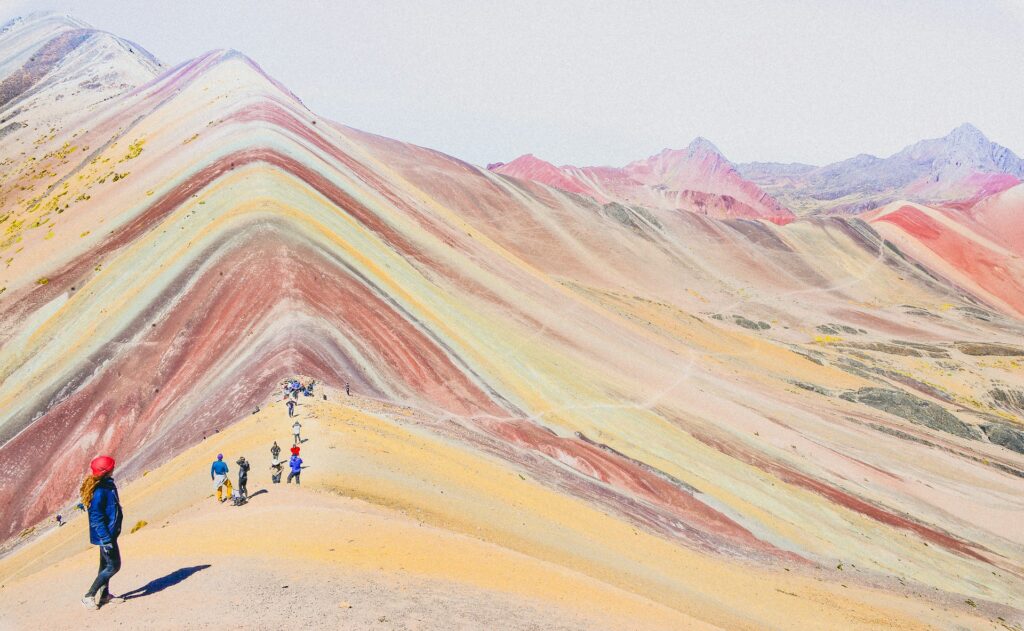
Alternatively, those craving a gentler pace can explore more of Cusco. Visit the Cathedral with its fascinating blend of Catholic and Andean symbolism (spot the guinea pig at the Last Supper). Browse the Centro de Textiles Tradicionales, where you can buy directly from rural weaving communities. Or simply park yourself in a plaza-facing café with a good book and watch the world go by.
Whatever you choose, make your last Cusco dinner memorable. MAP Café, in the courtyard of the Pre-Columbian Art Museum, offers sophisticated takes on Andean ingredients. The tasting menu paired with South American wines makes a fitting farewell to the mountains.
Day 7: Return Via Lima
The morning flight returns you to Lima with just enough time for lunch and last-minute shopping before your international departure. Head straight to Barranco, the bohemian district you missed on arrival. Street art explodes across colonial facades, galleries hide in converted mansions, and the Bridge of Sighs supposedly grants wishes to first-time crossers who hold their breath the entire way.
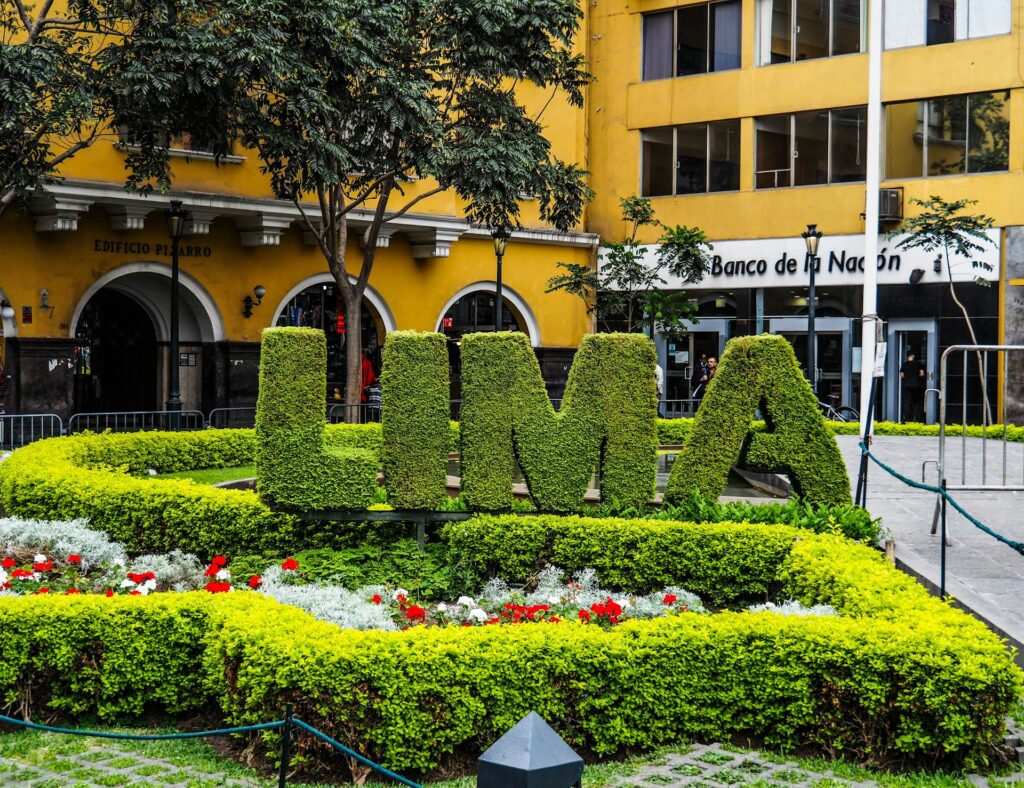
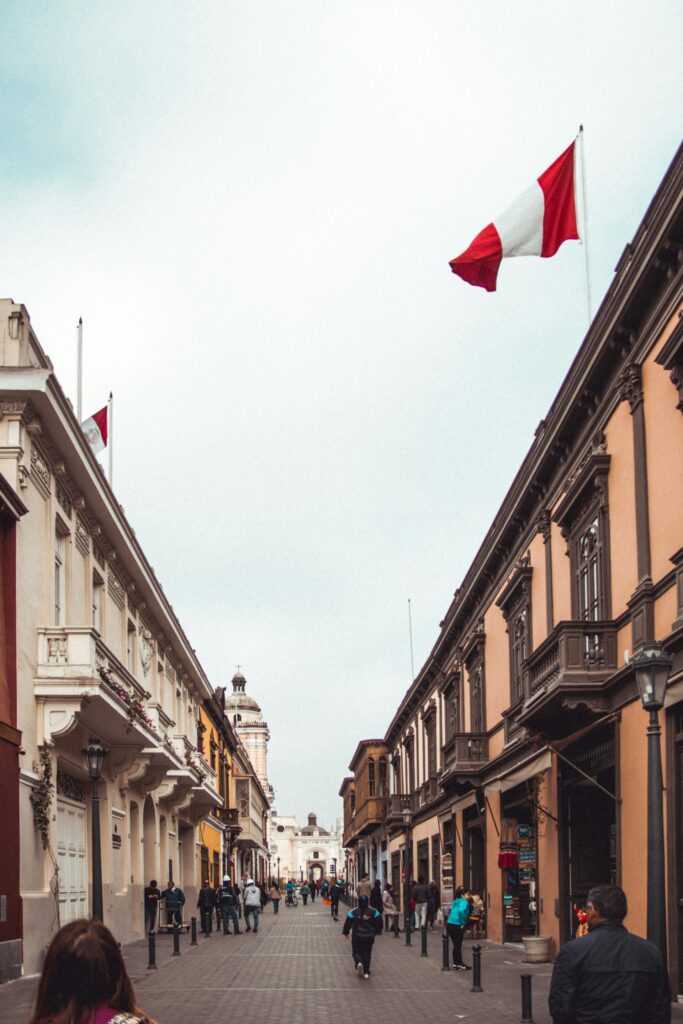
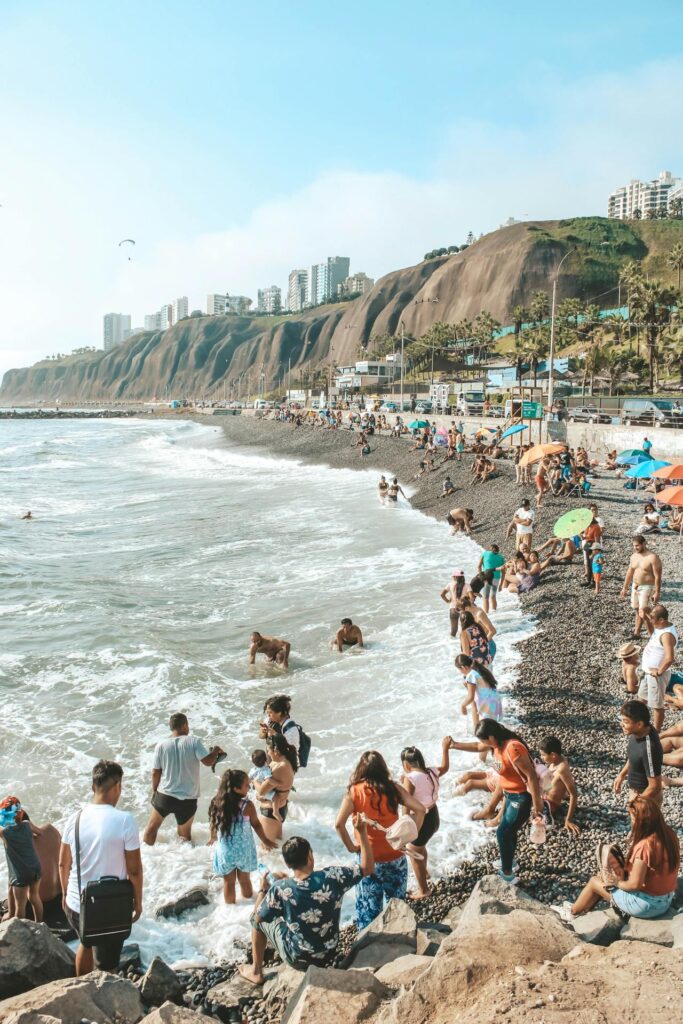
Canta Rana in Barranco serves sublime seafood in a buzzing atmosphere that feels like a secret the locals are sharing with you. Order the catch of the day and a pisco sour for your final taste of Peru. If time allows, browse the artisan shops along Avenida San Martin for quality handicrafts without the hard sell of tourist markets.
Head to the airport three hours early. Lima traffic is unpredictable, and Jorge Chávez isn’t the world’s most efficient airport. As you wait at the gate, probably sunburnt and definitely exhausted, you’ll already be planning your return. Because seven days in Peru isn’t enough. But then again, the best trips always leave you wanting more.
The Essentials
When to Go: May to September offers dry weather and clear mountain views, though expect crowds at Machu Picchu. Shoulder seasons (April and October) balance decent weather with fewer tourists.
Getting Around: Flights between Lima and Cusco are frequent and affordable. Book Peru Rail or Inca Rail tickets to Machu Picchu well in advance. In cities, Uber works brilliantly and costs pennies compared to UK prices.
Altitude Matters: Take altitude sickness seriously. Arrive in Cusco with time to acclimatise, avoid alcohol initially, and keep hydrated. Coca tea helps, as do Sorojchi pills from any pharmacy.
Money Matters: Bring US dollars in good condition to exchange. ATMs are plentiful but charge hefty fees. Budget £30-40 daily for food and transport, more for Lima’s upmarket restaurants.
Stay Connected: Buy a SIM card at the airport. WiFi is reliable in hotels and cafés, patchy elsewhere.
This week in Peru isn’t about doing everything. It’s about experiencing the essential: the taste of perfect ceviche, the vertigo of Incan engineering, the thin air that makes everything feel slightly dreamlike. You’ll return with the obligatory Machu Picchu photos, certainly, but also with salt from ancient mines, textiles from highland weavers, and memories of sunrise over the Sacred Valley. Those are the souvenirs that matter, long after the alpaca jumpers are forgotten at the back of the wardrobe.

